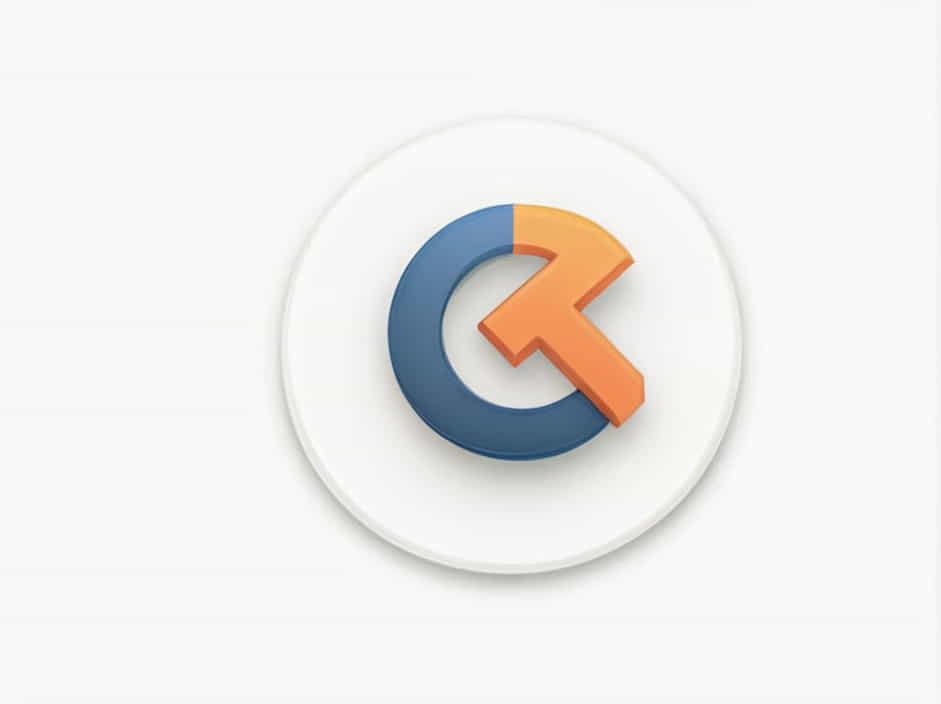Economics is a broad subject that studies how individuals, businesses, and governments allocate resources. It is divided into two main branches: macroeconomics and microeconomics. While both focus on economic activities, they operate at different levels.
Understanding the difference between macroeconomics and microeconomics is essential for students, business owners, and policymakers. This topic explores their definitions, key differences, and how they impact real-world decisions.
What is Microeconomics?
Microeconomics is the study of individual units in the economy, such as consumers, businesses, and markets. It examines how these entities make decisions about supply, demand, prices, and resource allocation.
Key Features of Microeconomics
- Focus on Individuals and Firms – It analyzes consumer behavior, company pricing strategies, and market competition.
- Study of Supply and Demand – It explains how prices are determined based on market forces.
- Decision-Making at a Small Scale – It looks at how businesses maximize profit and how individuals spend money.
- Influences on Market Structures – It studies monopolies, perfect competition, and oligopolies.
Examples of Microeconomics
- How an increase in coffee prices affects consumer buying behavior.
- How a company decides to set the price of a new product.
- How competition between two businesses impacts market prices.
What is Macroeconomics?
Macroeconomics studies the economy as a whole. It looks at national and global economic trends, including growth, inflation, unemployment, and government policies.
Key Features of Macroeconomics
- Focus on the Entire Economy – It examines large-scale economic issues like GDP and inflation.
- Government and Policy Influence – It analyzes the impact of monetary and fiscal policies.
- Long-Term Economic Growth – It explores factors that drive national prosperity.
- International Trade and Global Markets – It looks at how countries interact economically.
Examples of Macroeconomics
- How inflation affects the purchasing power of a country.
- How government tax policies influence economic growth.
- How an increase in unemployment impacts national income.
Major Differences Between Macroeconomics and Microeconomics
| Feature | Microeconomics | Macroeconomics |
|---|---|---|
| Definition | Studies individual consumers, firms, and markets. | Studies the economy as a whole. |
| Scope | Deals with supply and demand, pricing, and competition. | Deals with GDP, inflation, and national policies. |
| Focus | Small-scale economic activities. | Large-scale economic trends. |
| Key Players | Consumers, businesses, industries. | Governments, central banks, international markets. |
| Example Questions | How do changes in the price of oil affect car sales? | How does a rise in interest rates affect national economic growth? |
How Microeconomics and Macroeconomics Are Connected
Although microeconomics and macroeconomics focus on different levels, they are interdependent. Individual economic decisions (microeconomics) influence the overall economy (macroeconomics), and vice versa.
For example:
- If many businesses raise prices (microeconomics), it may lead to inflation (macroeconomics).
- If the government increases interest rates (macroeconomics), it can affect borrowing costs for businesses (microeconomics).
Why Understanding Both is Important
For Businesses
Companies must understand microeconomics to set prices, manage costs, and compete effectively. At the same time, macroeconomic factors like inflation and interest rates affect their long-term strategies.
For Policymakers
Governments use macroeconomic insights to create fiscal policies, such as tax reforms and public spending, while microeconomics helps design regulations for market fairness.
For Consumers
Consumers make economic choices daily. Understanding microeconomics helps them budget wisely, while macroeconomics explains how national trends like inflation impact purchasing power.
Both macroeconomics and microeconomics play crucial roles in shaping economies. While microeconomics examines individual choices, macroeconomics studies the big picture. Together, they provide a complete understanding of how economies function. Whether you are a business owner, policymaker, or consumer, knowing these concepts can help you make better financial and economic decisions.
